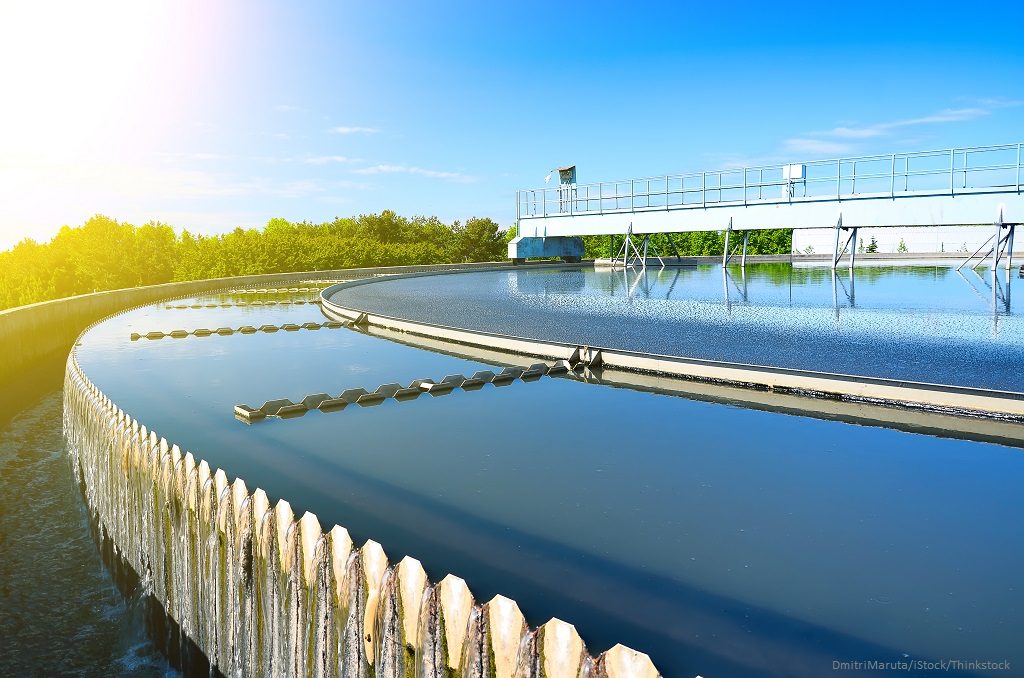
Water is undervalued in most markets. As a line item on a balance sheet, water is hardly noticeable. But as the saying goes, you don’t miss the water until the well runs dry. As more and more regions around the world are facing water risks including scarcity, pollution, and catastrophic weather events, companies are recognizing the imperative to assess their water risks. With climate change acting as a ‘threat multiplier’ and exacerbating water stress, it is critical that companies understand the water-related risks facing their business.
Categories of Water Risk
Water risk can be grouped into three categories, as defined by the UN CEO Water Mandate:[1]
Physical: Physical risks stem from having too little water (scarcity); too much water (flooding); or water that is unfit for use (pollution). Physical risks can be caused by drought or long-term water scarcity, over-allocation among users, flooding, or pollution that renders water unfit for use.
Regulatory: Regulatory risks occur because of changing, ineffective, poorly implemented, or inconsistent water policies. Stricter regulatory requirements often result from water scarcity, ensuing conflict among various users, or excessive pollution. Ineffective policy can create a less inviting or stable business environment or degraded catchment conditions because of incoherent policy design or inconsistent application and enforcement.
Reputational: Reputational risks stem from changes in how stakeholders view companies’ real or perceived negative impacts on the quantity and quality of water resources, the health and wellbeing of workers, aquatic ecosystems, and communities. Reputational risks lead to decreased brand value or consumer loyalty or changes in regulatory posture, and can ultimately threaten a company’s legal and social license to operate.
Risk Assessment Tools
There are several tools available to companies to help assess water risk. These include WRI’s Aqueduct Risk Atlas, WWF’s Water Risk Filter, and the Water Risk Monetizer, developed by Ecolab in partnership with Trucost and Microsoft. Each of these tools can help companies gain valuable insight into the underlying water risks they face. These tools provide a starting point for companies to identify hotspots within both their operations and the supply chain. But the risk assessment process often does not end there. Companies want to know what the risks are not only at the water basin level, but at their unique facilities, and how to mitigate these risks once identified.
WSP recently evaluated water risks for a client operating in a region with high levels of water scarcity. Our water risk assessment approach was designed to support annual external reporting, as well as guide planning and investment related to water security. Both WRI’s Aqueduct and WWF’s Water Risk Filter were used to conduct initial screening of potential water-related risks; these assessments were then augmented by onsite evaluations. WSP surveyed site personnel and researched local legislative, infrastructure, and water basin conditions. WSP’s role included assessment of local water policy and the regulatory impact of recent drought conditions, as well as the client’s operations, training, performance measurement, and communications strategies. WSP delivered suggestions for optimizing water management and planning practices within the organization, as well as provided concrete facility-level actions to reduce local water withdrawals.
Other risk assessment tools for water-related energy production risks function at the country scale and only address hydropower, meaning they provide limited value within large and ecologically diverse regions like the United States. These tools also do not consider risks to other types of water-intensive energy generation. The grid serving WSP’s client mentioned above is more water intensive than the US average, both in terms of water consumption and water withdrawal per kWh of electricity produced. To help address this gap, WSP is currently collaborating with WRI to characterize water intensity factors, or ‘Scope 2’ water. This information will further help companies assess water risks and understand the tradeoffs between water and energy in their operations and the supply chain.
Based on the site- and catchment-specific information gleaned through research, an onsite visit, and interviews with site personnel, WSP identified opportunities for our client to further develop a water stewardship plan that is matched to relevant water risks. High-level screening tools effectively characterize water quality and quantity issues, though do not take into account localized regulatory circumstances or reputational risks that could influence water costs and impacts in the near-term. By going beyond standard risk assessment tools, WSP was able to help its client characterize the water-related risks for its operations, and make specific recommendations for how to mitigate those risks both now and in the future.
[1] https://ceowatermandate.org/policyengagement/understanding-water-policy/understanding-water-risks/
This article is written by Stefanie Woodward, Project Consultant, Sustainability, Energy and Climate Change, WSP


